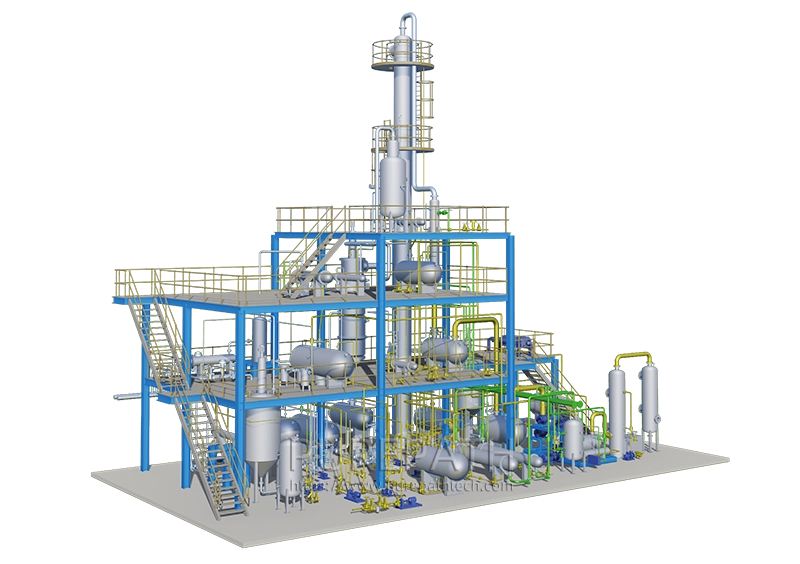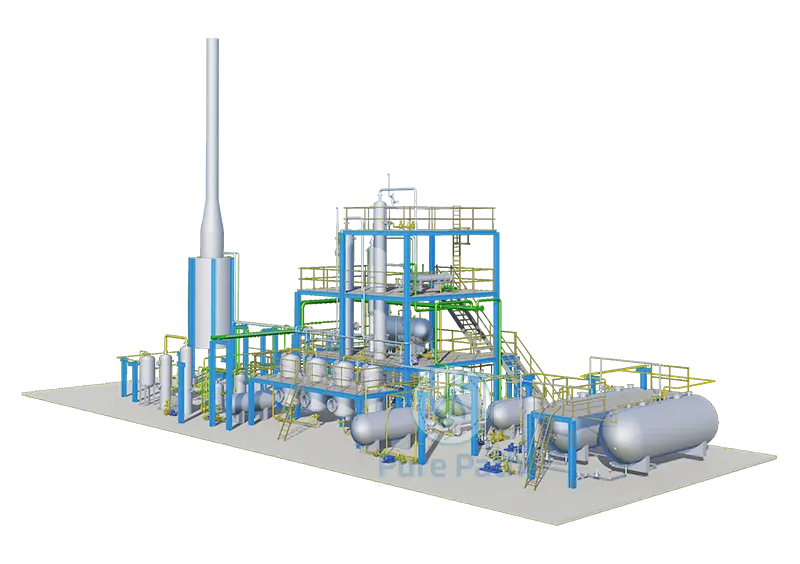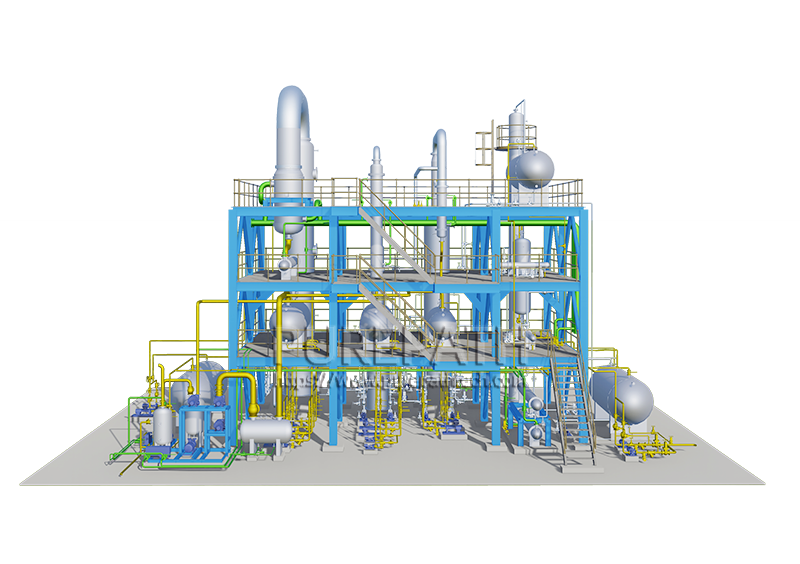The Technology Behind Used Oil Re-Refining
Waste oil, a byproduct of various industrial and automotive processes, poses a significant environmental threat if not disposed of properly. Improper disposal can contaminate soil and water, harming ecosystems and human health. However, a promising solution exists used oil re-refining. This process utilizes advanced technologies to transform used oil into clean, usable lubricants, offering both environmental and economic benefits.
Re-refining relies on a combination of physical and chemical separation and conversion processes. These processes aim to separate valuable oil components from contaminants within the used oil, resulting in a high-quality, reusable product.
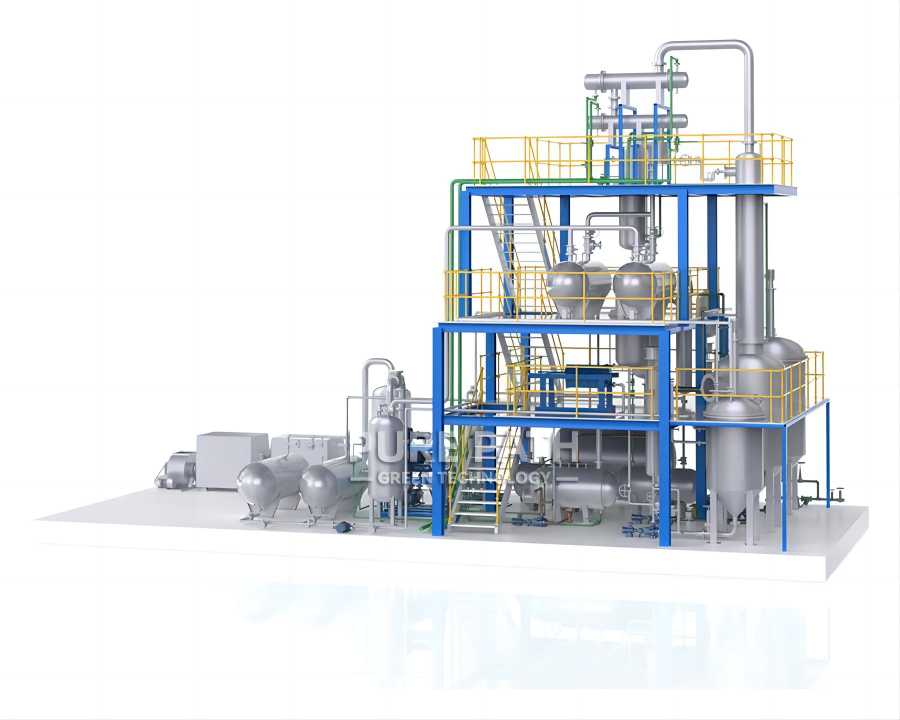
Major Technologies of Used Oil Re-refining
Used oil re-refining utilizes a variety of technologies, each playing a crucial role in transforming waste oil into high-quality base oil. Here’s an in-depth exploration of some prominent methods:
1. Thermal Cracking Technology
Thermal cracking is a process where the long-chain hydrocarbons in the WCO are broken down into shorter ones, which can then be converted into useful fuels. This is done by applying heat to the used motor oil in the absence of oxygen, causing it to decompose. The main advantage of thermal cracking is its ability to handle high-viscosity used motor oil, which is often difficult to process using other methods. Additionally, it can lead to the formation of fewer harmful byproducts. However, it also has its downsides. First, it requires very high temperatures, which can be energy-intensive and may lead to the formation of unwanted byproducts like coke or carbon black. Second, it can be less selective in terms of the products formed, which means that it may produce a lower proportion of the desired fuel fraction.
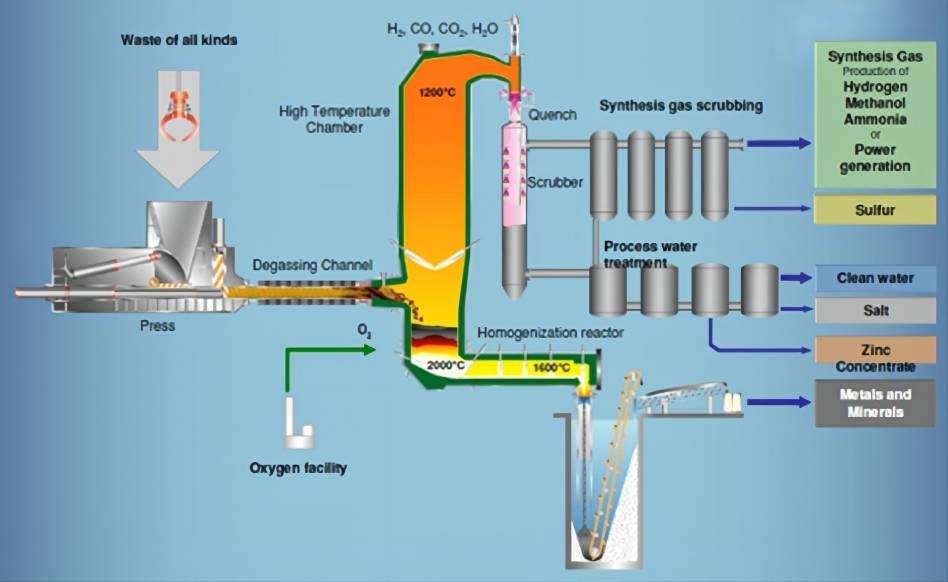
2. Catalytic Cracking Technology
Catalytic cracking is another important technology used in the re-refining of used motor oil. It involves using a solid catalyst to promote the breaking down of heavy hydrocarbon molecules into lighter ones, such as diesel and gasoline. One of the main advantages of catalytic cracking is its high efficiency and selectivity. It can achieve a much higher conversion rate of used motor oil into useful fuel fractions than thermal cracking. Moreover, it can be performed at lower temperatures than thermal cracking, which reduces the risk of side reactions and the production of unwanted byproducts. Additionally, the catalyst can be recycled, reducing waste. However, there are also drawbacks. The catalysts used in this process can be deactivated over time, requiring periodic replacement or regeneration. Also, the process can be complex and expensive due to the need for specialized equipment and the handling of hazardous chemicals.
3. Biological Treatment Technology
Biological treatment of used motor oil is a relatively new approach that uses microorganisms to break down the hydrocarbons in the oil. This process is often referred to as “biodegradation.” The main advantage of biological treatment is its environmental friendliness, as it does not produce any toxic emissions or require harsh chemicals. Moreover, it can be carried out at ambient temperature and pressure, reducing energy consumption. Additionally, the microorganisms used in this process can be genetically modified to enhance their efficiency. However, there are also significant challenges. The process can be slow and unpredictable, depending on factors such as the type of microorganisms used, the temperature, and the pH level of the environment. Moreover, it can be difficult to control the growth of microorganisms, which can lead to issues like clogging of the reactor or the production of unpleasant odors.
4. Electrochemical De-oiling Technology
Electrochemical de-oiling is a novel technology that uses an electric current to separate the oil from the water in the used motor oil. The basic principle is that when an electric current is passed through a mixture of oil and water, it creates a potential difference between them. This potential difference causes the oil to migrate towards the cathode, where it is collected. One of the main advantages of this technology is its high efficiency and specificity. It can achieve a very high separation efficiency, often exceeding 99%, and can be tuned to target specific types of oil or organic compounds. Moreover, it is a scalable process that can be easily adapted to different sizes of operations. Additionally, the process does not require any chemicals, making it safer for operators and the environment. However, there are also challenges associated with this technology. First, it requires a significant amount of electrical energy, which can make it expensive to operate. Second, the electrodes used in the process can wear out over time, increasing maintenance costs. Lastly, the technology is still in its early stages of development, and more research is needed to optimize it for commercial use.
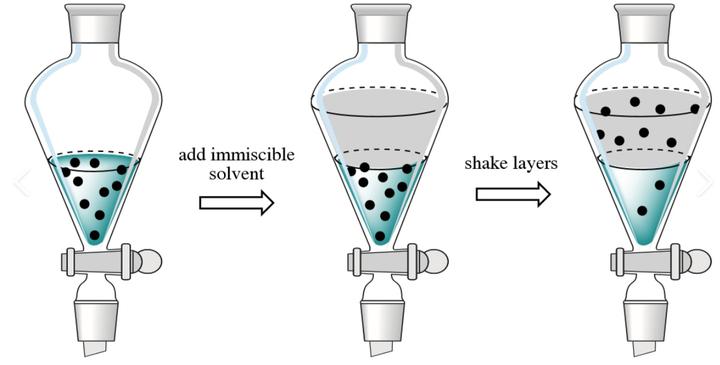
Economic and Environmental Advantages of Used Oil Re-refining
The practice of re-refining waste oil is increasingly recognized as a strategy that brings about dual economic and environmental benefits. Let’s explore these advantages in more depth.
1. Resource Conservation and Sustainability
Re-refining waste oil is an effective means of preserving our finite reserves of virgin crude oil. This is crucial because crude oil is a non-renewable resource, and its extraction and consumption have significant environmental impacts, including habitat destruction and climate change due to greenhouse gas emissions. By re-refining, we extend the life of this precious resource, ensuring it is available for future generations.
2. Economic Growth and Job Creation
The re-refining industry not only reduces our reliance on imported oil but also stimulates domestic economic activity. The establishment of re-refining facilities creates jobs, not just in the direct operation of the plants but also in ancillary industries such as the transportation of feedstock and distribution of the finished product. Moreover, the use of re-refined oil as a substitute for new crude oil in various applications can lower the overall cost of oil-based products, leading to savings for consumers and businesses alike.
3. Reduction of Environmental Liabilities
The improper disposal of waste oil can lead to soil and water pollution, which can result in hefty cleanup costs and legal liabilities. Through re-refining, this waste is transformed into useful products, preventing soil and water contamination. This not only reduces the financial burden of potential fines and cleanup efforts but also protects against the long-term environmental damage that would require remediation.
4. Compliance with Regulatory Requirements
Governments around the world are implementing stricter regulations on the handling of waste oil and the use of certain chemicals in industrial processes. Re-refining can help companies meet these regulatory standards, avoiding the penalties associated with non-compliance. This is especially important for companies operating in regions with strong environmental protection laws.
5. Sustainable Corporate Image
In today’s environmentally conscious society, businesses that adopt sustainable practices tend to enjoy a better reputation. By choosing to re-refine waste oil, companies can demonstrate their commitment to environmental responsibility and sustainability. This can lead to improved customer loyalty and attract new customers who share these values.
6. Innovation and Technological Advancement
The re-refining process requires continuous research and development to improve efficiency and quality. This investment in R&D drives technological innovation, which can lead to improvements in the process itself, the development of new products, and the creation of intellectual property, all of which can contribute to the company’s competitive advantage.
7. Community Engagement and Education
Re-refining companies often engage with local communities to educate them about the benefits of recycling waste oil. This can lead to increased community involvement in recycling programs, which not only supports the company’s operations but also contributes to a cleaner, safer environment.
8. Risk Management
By reducing reliance on new crude oil, companies can also reduce their exposure to price volatility and geopolitical risks associated with oil production. This stability can be crucial for budgeting and planning in businesses with tight margins or long-term contracts.
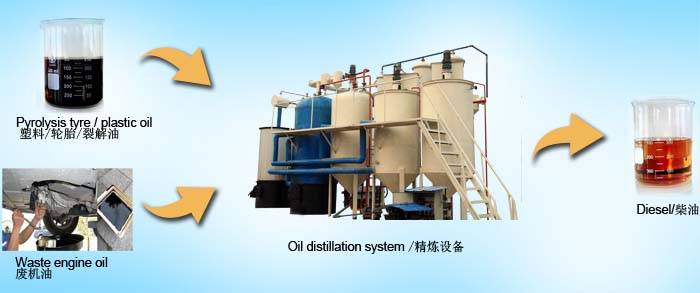
Conclusion
In conclusion, the re-refining of used oil contributes significantly to enhancing oil quality, increasing recovery rates, reducing environmental pollution, and cutting costs. With continuous technological advancements and supportive policies, this practice is expected to play an even more substantial role in energy recycling and environmental protection in the future. By embracing these innovative solutions, industries can move towards a more sustainable and eco-friendly approach to resource management.


